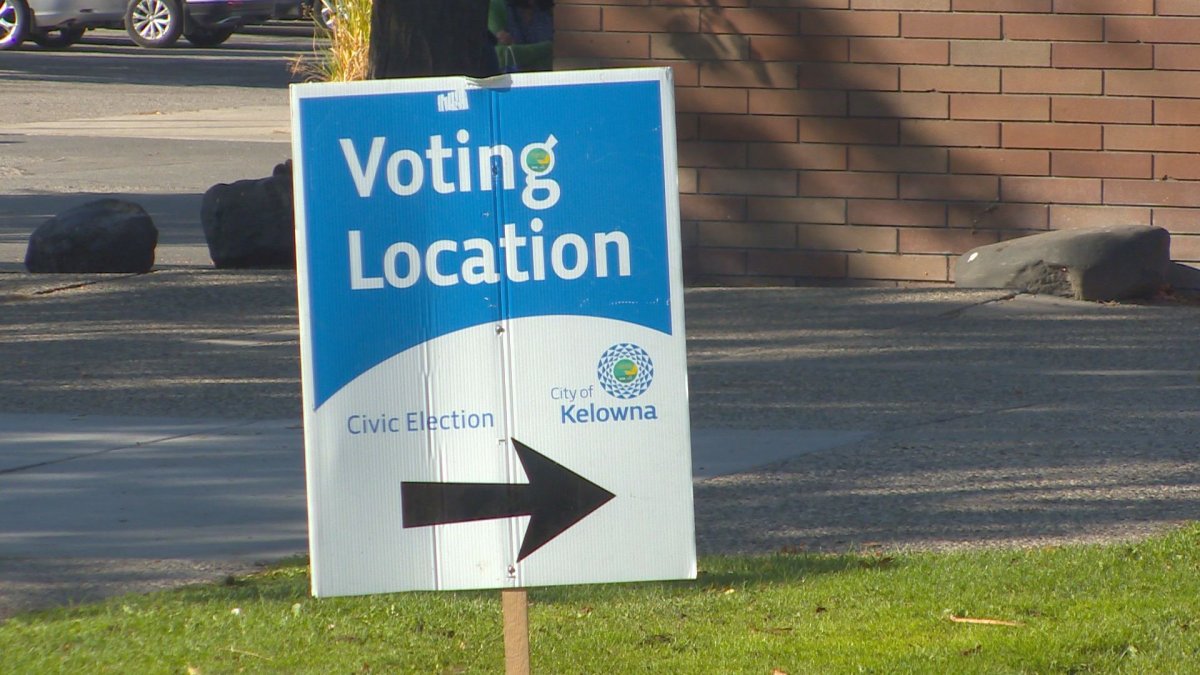Municipal governments are responsible for things like parks, community water systems, local police, roadways and parking.

These are the services that people use and even complain about on a daily basis. But according to statistics on voter turnout, when it comes to municipal elections the electorate shows up in far fewer numbers than they do for federal or provincial elections.
For example, Elections Canada showed that 75 per cent of voters turned out for the federal election in 2021, while, according to Elections BC, in 2020, 54.5 per cent of British Columbians found their way to a polling station.
Looking at numbers for Saturday’s municipal elections from CivicInfo BC, municipal voter turnout was down to an average of 29.2 per cent across the province. Compare this to the 36 per cent who cast a ballot for a municipal politician in the 2018 election.
Of note, CivicInfo BC shows voter numbers were strongest in the Okanagan’s southernmost towns and cities and dwindled moving north into the valley. Also, in cities and towns where there were acclamations, the volume of people at the polls diminished drastically.

In Osoyoos, voter turnout was 44 per cent, it was 35 per cent in Summerland, 33 per cent in Penticton, and coming in far below its neighbours, was Oliver with a 20 per cent turnout, according to CivicInfo BC.

Get breaking National news
The southern tip of the Central Okanagan, in Peachland, voter turnout was 47.5 per cent. Headed north, to West Kelowna, the turnout was 19.65 per cent, while in Kelowna it was 30.8 per cent. In Lake Country, the turnout was the worst in the valley, at 15. 8 per cent.
In the North Okanagan, Vernon had a 24 per cent voter turnout, Armstrong had a 22 per cent turnout, Enderby saw 30.4 per cent of voters turn out, 24 per cent of eligible voters turned up at the polls in Coldstream and there were around 25 per cent of voters who turned out in Lumby.
University of the Fraser Valley political scientist Hamish Telford said in an interview with Global BC that political scientists have found that when we have competitive elections on important issues with controversial figures, turnout tends to go up.
That aligns with Okanagan ridings where there was no mayoral race and voter participation really bottomed out.

Coldstream’s Ruth Hoyte topped the polls when she first ran for Coldstream council in 2018 and was unopposed after she filed her nomination papers for the mayor’s job this year. In the 2018 election, 32 per cent of voters turned out. This time around Coldstream had 24 per cent of eligible voters show up.
Martin Johansen was this year acclaimed as mayor of Oliver after defeating incumbent Mayor Roland Hovanes in 2018. In that 2018 election, the voter turnout was at 56 per cent. This year the voter turnout was 20 per cent – a more than 30 per cent drop.
It was a similar situation in Lake Country, where Blair Ireland has served for the last eight years as Okanagan Centre’s ward councillor. For the last election in 2018, voter turnout still lagged behind the province at 26 per cent but was far more robust than this year’s turnout, which was 15 per cent.
The next municipal election is 2026.
– with files from Global News’ Simon Little
- Michael Kovrig reflects on ‘brutally hard’ Chinese detention: ‘You’re totally alone’
- After controversial directive, Quebec now says anglophones have right to English health services
- Something’s fishy: 1 in 5 seafood products are mislabelled, study finds
- Conservatives set to table non-confidence motion Tuesday. What to expect










Comments